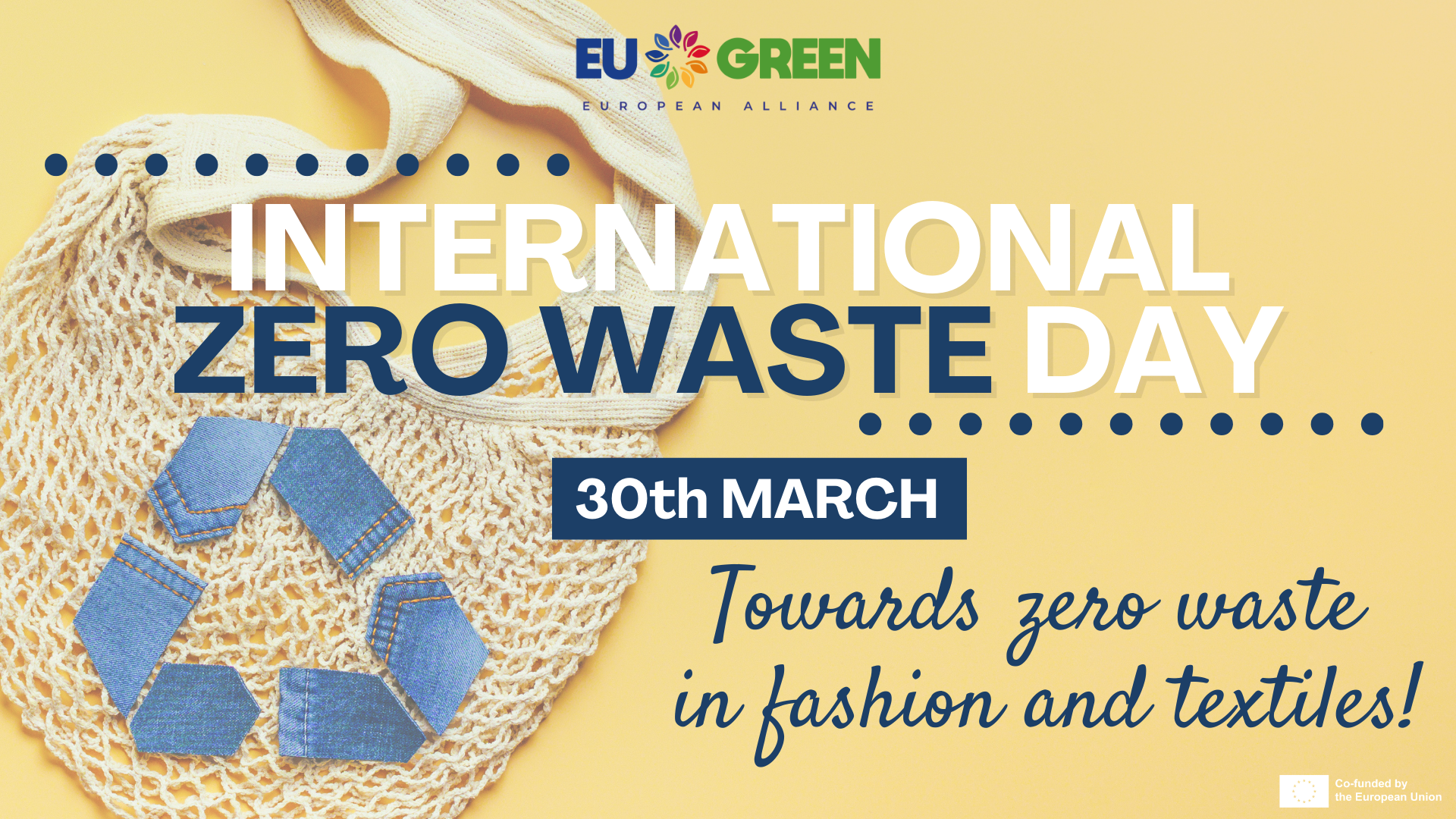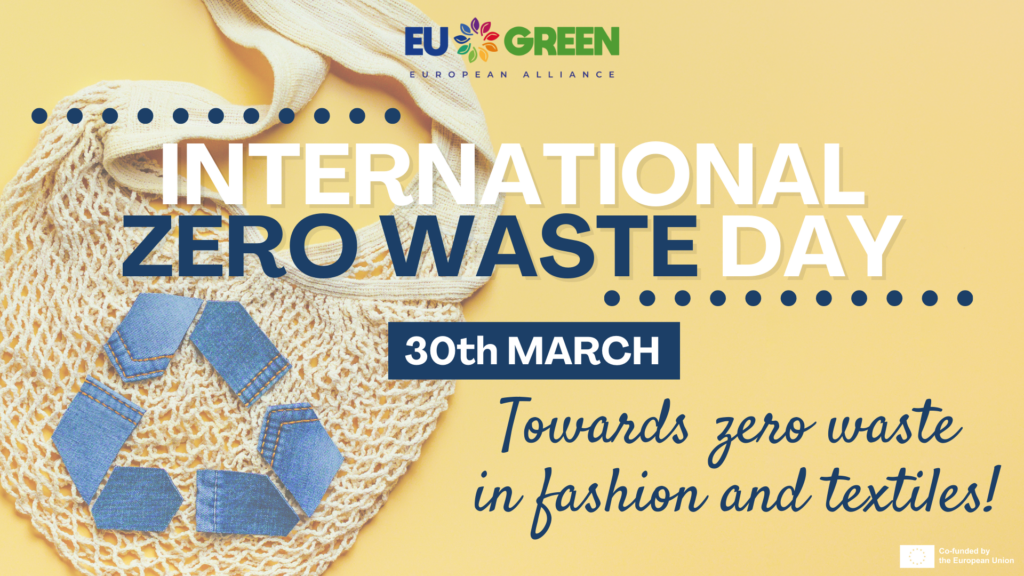This year’s theme, Towards zero waste in fashion and textiles, focuses on the urgent need to take action to reduce the waste impact from the fashion and textile sector and promote sustainability and circularity.
According to THE UNITED NATIONS ENVIRONMENT PROGRAMME:
Between 2000 and 2015, clothing production had doubled. Yet, it is estimated that 92 million tons of textile waste is generated worldwide each year. This is equivalent to a truckload of clothing being incinerated or sent to landfills every second. It is driven by the rapid rise in production and consumption within the textile sector, causing severe environmental, economic, and social issues, especially in the Global South.
Upstream solutions and a zero-waste approach are essential for tackling the waste pollution crisis while generating economic value. Achieving zero waste requires active contributions from governments, industry, and consumers.
The International Zero Waste Day is observed annually on 30th March and highlights both the importance of bolstering waste management globally and the need to promote sustainable consumption and production patterns. Every year, humanity generates between 2.1 – 2.3 billion tons of municipal solid waste. Waste pollution significantly threatens well-being, economic prosperity, and accelerates the triple planetary crisis of climate change, nature and biodiversity loss, and pollution. Millions worldwide observed the inaugural International Day of Zero Waste in 2023, raising awareness of national, subnational, regional, and local zero-waste initiatives and their contribution to achieving sustainable development. Zero-waste approaches can foster sound waste management and minimize and prevent waste generation.


